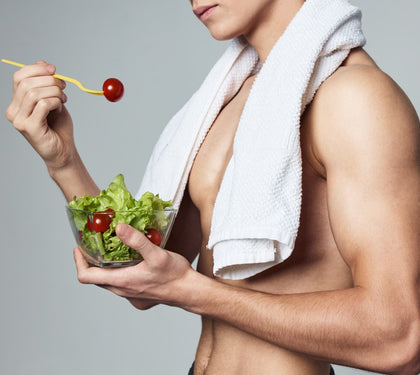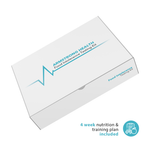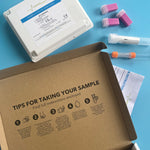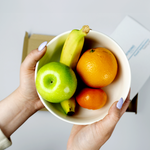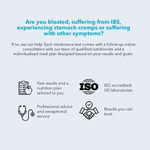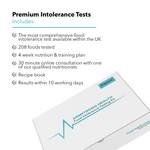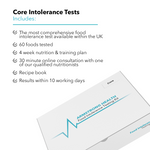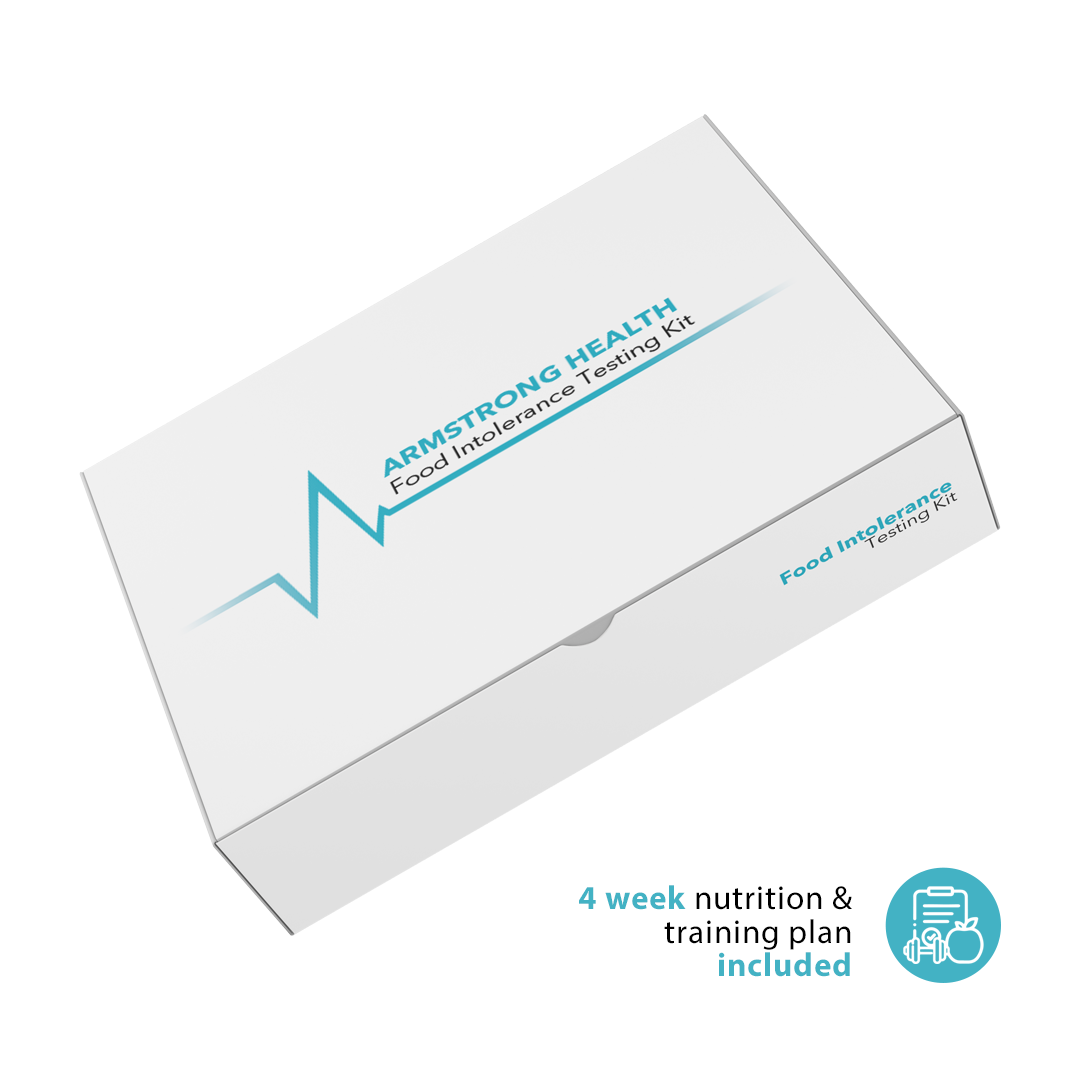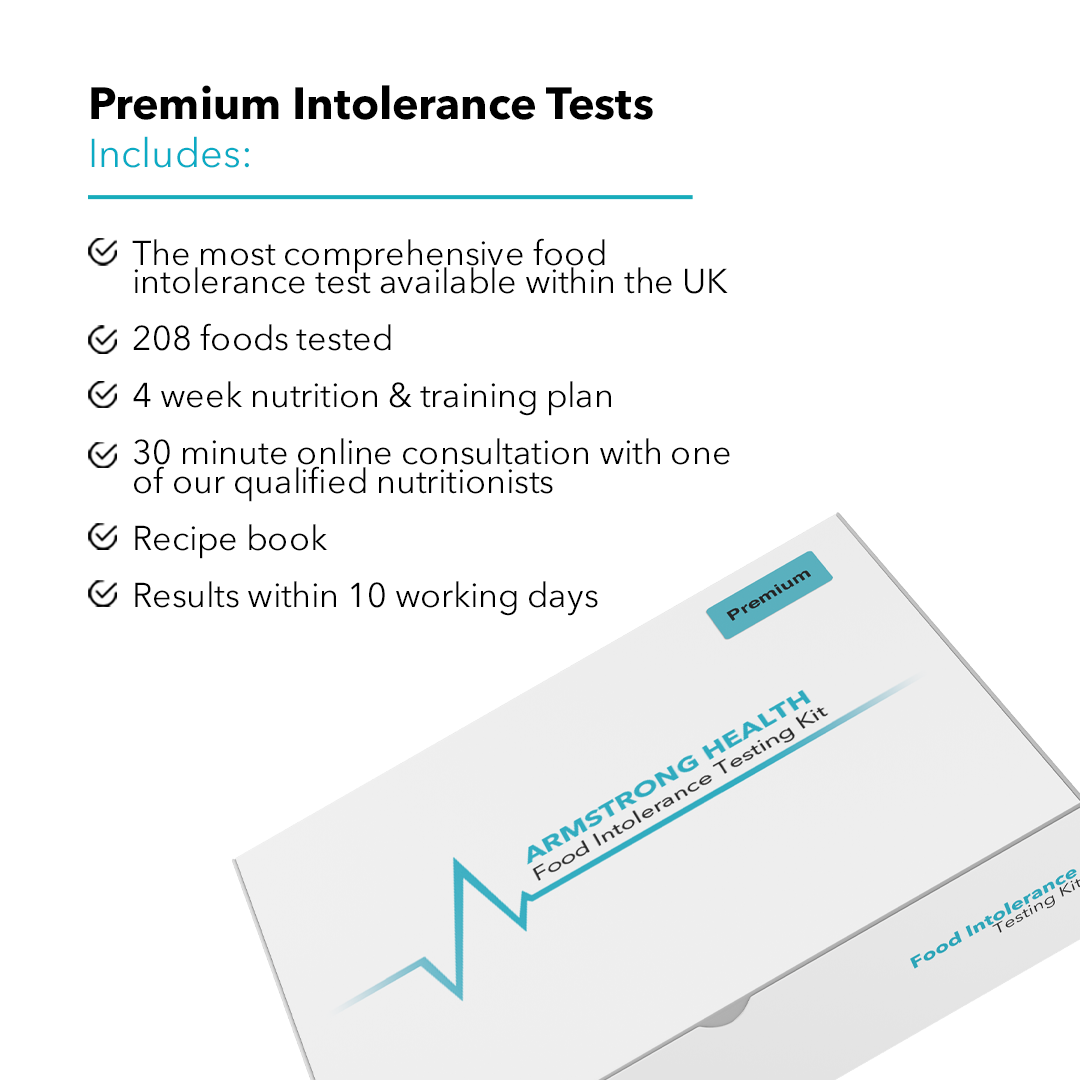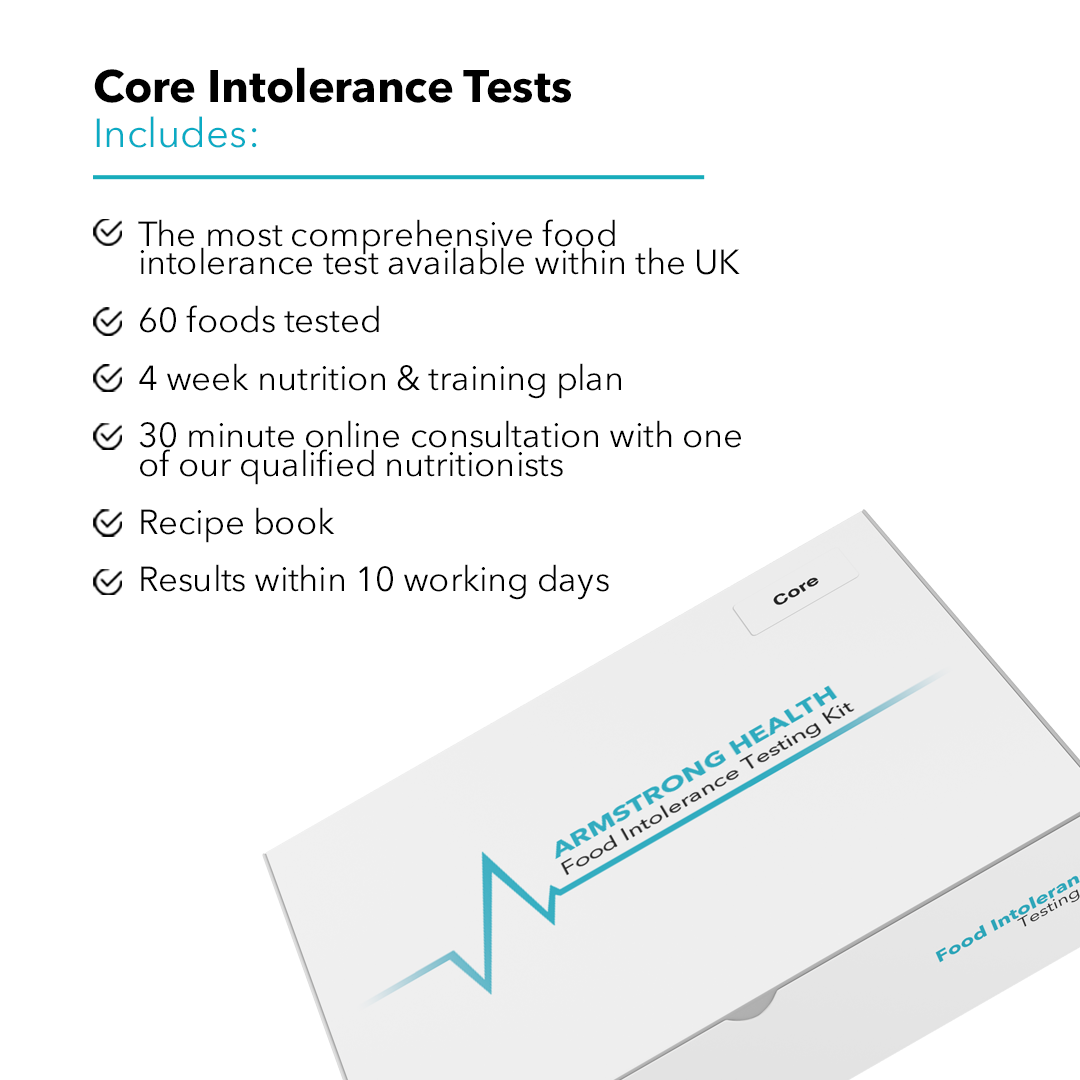How to go dairy free...
There are many reasons why you may want to follow a dairy-free diet, including being vegan, having an intolerance or sensitivity, having an allergy or for other health reasons. With our intolerance tests, we are seeing a rise in the number of people who have an intolerance or sensitivity to milk, lactose, whey, casein and other dairy bi-products. Symptoms of a dairy intolerance or sensitivity may include abdominal bloating, pain, cramps, nausea, diarrhea and skin problems. If you can relate to these symptoms, you may want to book yourself in for an intolerance test via our website https://www.armstronghealthspecialists.com/order-your-kit/Food-Intolerance-Testing-c35411926. We wanted to show you how easy it is to continue eating and drinking the foods you enjoy without dairy.
The first thing you need to start doing is to check the ingredients labels. Look for words such as milk, lactose, whey and casein, these are likely to be written in bold, so they should jump out at you. There are many foods out there that contain dairy products which might not be obvious, therefore we cannot emphasise how important it is to read the labels. Once you have become familiar with this, it’s easy.
Milk
There are many dairy free alternatives to milk available which include almond, soy, coconut, rice, hemp, cashew, and flax milks. Of those, the ones with the strongest flavour are almond, soy, and hemp milk. Almond and coconut milk usually have a sweeter flavour. Rice milk has a thinner consistency and, along with flax milk, has the mildest flavour. Whichever milk you choose is up you. We prefer using Provamel, Organic Soya with Calcium and Oatly Organic Oat Drink.
Yogurt
Non dairy yogurts are made from nuts, seeds, coconut and soy, and are made by adding probiotic bacteria. In order to provide your gut with healthy bacteria, it’s important to eat a fermented non-dairy yogurt. A readily available dairy alternative is coconut yogurt. Coconut yogurt is usually made from fermented coconut milk. Coconut yogurt is lactose and casein free, naturally creamy and naturally sweet. You should be aware that some coconut yogurts may use animal products, like gelatin or cow's milk. Also, don't confuse coconut-flavored yogurt for coconut yogurt, these are two very different products. As you may already be aware, the nutrition content can vary widely based on brand, therefore its important to read the label.
Butter
As we all know, butter has become a typical ‘staple’ in people’s homes. However, we feel you can easily live without it. A few years ago, we stopped adding butter to our potatoes, and stopped spreading it over our corn on the cob, until we realised that we actually didn’t use it at all. Food tastes amazing, just as it is. We don’t use butter in our recipes, however we must admit that we do keep a tub in the fridge for the occasional dairy free bake (Stork Original Baking Block is dairy free, but does not state this on the label, therefore would not be advisable if you are allergic). For everyday cooking, we use oils such as organic extra virgin olive oil. We recommend that you try do the same, however if you need butter there are many alternatives available. Well-known companies such as Flora, have recently changed their entire product line to being plant based. Again, you just need to read the label.
Cheese
If you absolutely love cheese, then this might be the hardest switch for you. You are best searching for vegan cheeses which are made from a variety of plant-based ingredients and come in a wide selection of styles and flavors. Some dairy free or lactose free cheeses contain casein in order to get it to melt like real cheese, therefore reading the label is essential. Much like regular cheese, vegan cheeses can have a place at the table as part of a healthy diet, but they shouldn’t be relied on as a sole source of nutrition. Our main concern with some types of vegan cheese is how highly processed they are, as they contain large amounts of refined oils, preservatives, color additives and sodium while being mostly void of substantial nutritional value. Our recommendation is to cut out cheese as much as possible, however if you must have cheese try and eat vegan cheese that are primarily comprised of whole foods like ground nuts and seeds or cooked vegetables with added spices to mimic cheese flavors.
Ice Cream
This blog would not be complete without discussing ice cream. Huge brands including Ben & Jerry’s, Magnum and Haagen-Dazs, to name a few, have very recently added vegan ice creams to their product line. There are several non-dairy ice cream options available including creamy ice creams made from coconut milk and soy milk. Sorbets don’t have any dairy in them and also homemade ice creams are an option, such as blending frozen bananas with other flavourings.
If you are going dairy free, it is vital that you ensure that you are having all of your recommended nutrients such as Calcium, Vitamin D and Vitamin b12. Keep an eye out for our new blog “How to Get Your Daily Dose of Calcium Without Dairy” that will be posted next week to find out more ...
If you would like more information on the above please email us at:
info@armstronghealthspecialists.com


